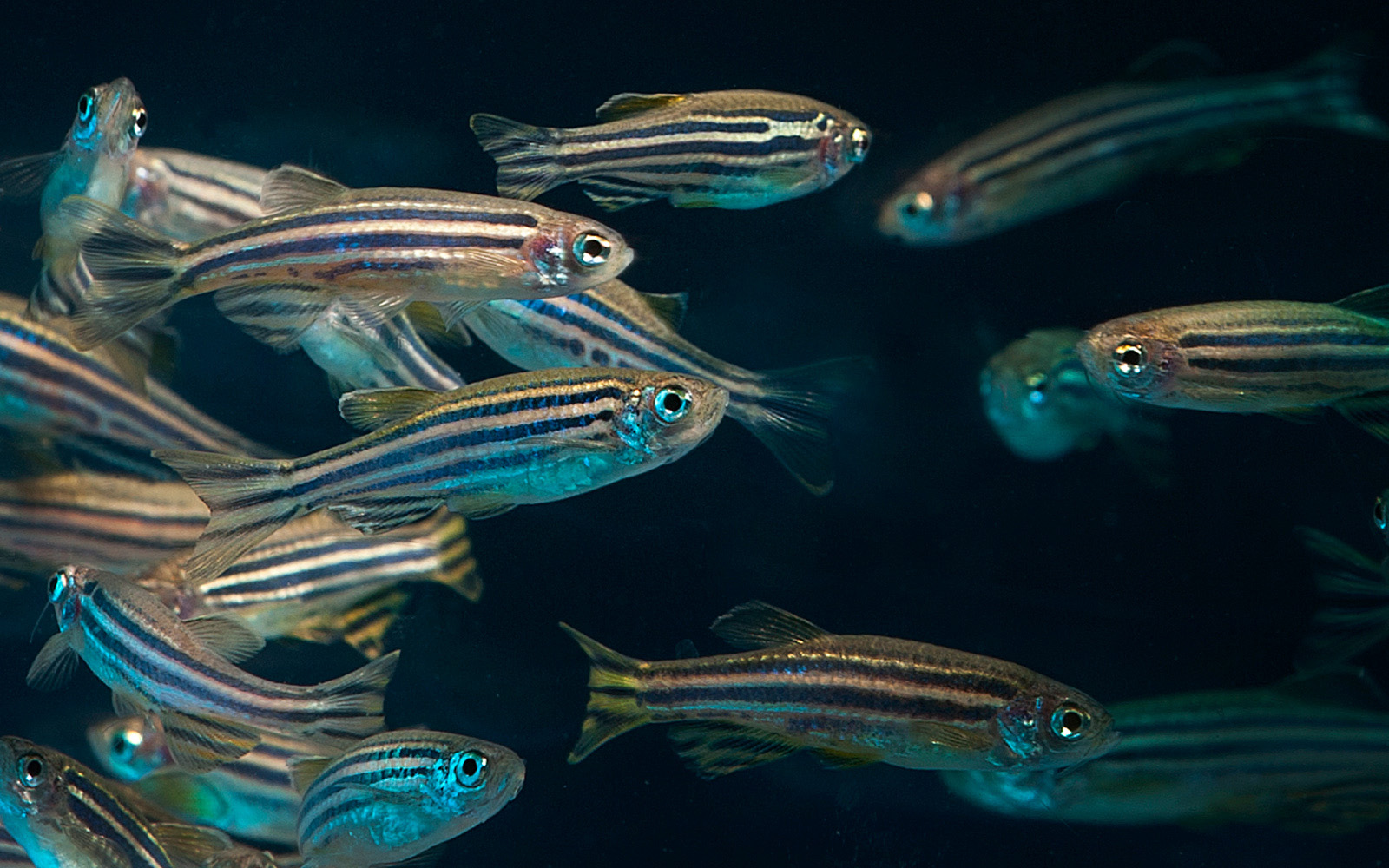How brains become social

The brain circuits that control the social behaviors we express since birth form early in brain development and mature throughout life. We establish relationships with our parents, our family, our friends and, along the way, we learn to have the will to be with others. What makes an individual become social and want to interact with others? The answers may be in the molecule oxytocin and, it is now thought, in its role during the initial phases of development.
Affiliative behaviors between individuals of the same species are not exclusive of humans and are common in many other animals. And the role of oxytocin as modulator of social interactions is similar among them. “The zebrafish is a social species, contrary to other model organisms used in research that are more solitary. Studying these fish allows us to understand how oxytocin organizes certain types of behaviors and which neural mechanisms implement sociality in a species that relies on mechanisms that are similar to ours”, explains Rui Oliveira, principal investigator at IGC.
The most recent work of the team led by Rui Oliveira, developed in collaboration with the group of Gil Levkowitz from the Weizmann Institute of Science, in Israel, and published in The Journal of Neuroscience, demonstrates that oxytocin is necessary during the initial stages of development for the expression of affiliative behaviors in the adult. “There is a time window that is a critical period, where the presence of active oxytocin neurons is needed to reorganize circuits in the brain that later on in the adult are responsible for the implementation of social behaviors”, Rui reveals.
The study focused on the motivation of zebrafish to approach other fish to form shoals. This motivation is only established when the fish is approximately four weeks old. But the critical period for the activation of the oxytocin neurons happens before that, at around two weeks old. “To discover this time window, we used transgenic fish that have their oxytocin neurons marked with an enzyme. By itself, it doesn’t have any effect, but when we treat the fish with antibiotic, it is converted by the enzyme into toxins that are fatal for the oxytocin neurons”, clarifies Rita Nunes, first co-author of the study together with Michael Gliksberg. This technique allowed the researchers to selectively eliminate oxytocin neurons in fish brains at different time windows and analyze the effect later in adulthood.
Quantifying the time fish spend near the shoal allowed the team to unveil that fish treated at around two weeks of age, once adults, demonstrate a deficit in shoal approaching behavior, which indicates a compromised ability of social interaction. “The fish are placed in a tank and have in front of them two compartments, one with a shoal and one that is empty. Fish that are treated during the first two weeks of life have a lesser tendency to approach the shoal”, Rita describes.
But the discovery goes beyond the neurons that produce oxytocin. “What seems to be happening when we remove these neurons in larvae is not that the adults lack social behaviors because they are missing these neurons: they grow back”, Rui Oliveira states. “What happens in turn is that there are other neurons with another substance, called dopamine, that are regulated by oxytocin. And these, which are important to detect and perceive social interactions as pleasant, seem to have been compromised and might be the cause of the observed problems.” The results show that zebrafish that were not exposed to oxytocin in the first two weeks of life have less neurons that produce dopamine and less connections with those neurons.
“We know that the mortality risk associated with social relations has a magnitude of effect that is higher for instance than smoking, obesity, or others. So, it is interesting to know from this point of view what are the mechanisms that make people and animals enjoy being with others. Why is it so important to establish social relations and what are the mechanisms that allow that to happen. This work gives us some clues within the spectrum of that question”, Rui Oliveira remarks.
This study was developed at Instituto Gulbenkian de Ciência, in Portugal, and at Weizman Institute, in Israel, and was supported by Fundação Tecnologia para a Ciência and Israel Science Foundation, among others. The study also had the participation of Susana A.M. Varela and Magda Teles from Instituto Gulbenkian de Ciência, Portugal, Einav Wircer and Janna Blechman from Weizmann Institute of Science, Israel, and Giovanni Petri from ISI Foundation & ISI Global Science Foundation in Torino, Italy.
Read Paper
